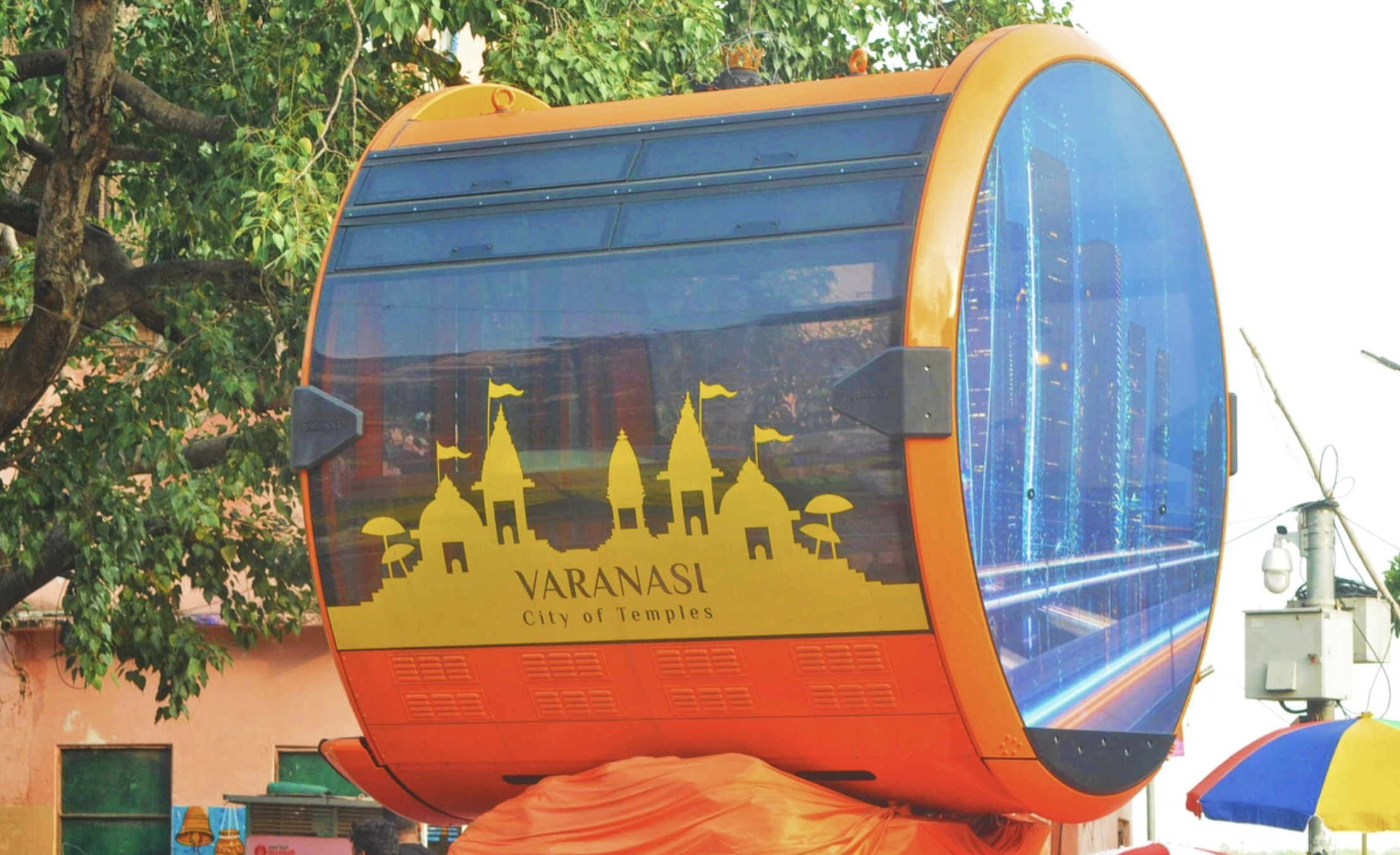India is planning to become a trillion-dollar digital economy and having 60-65 million digitally-enabled jobs by 2025-26. However, as far as the numbers from the recent report by the Multiple Indicator Survey (MIS) report of the National Sample Survey Office (NSSO) are concerned, then the situation is rather precarious for the country and its dreams seems to be pipe dreams as on the ground level Indian youth lack basic information and communication technology (ICT) skills.

With an overall sample size of over 11 lakh respondents across the country, the NSSO survey conducted in 2020-21 by the Ministry of Statistics and Programme Implementation (MoSPI) suggests that only 31.1 percent of Indian men aged between 15-29 years know how to send emails with attachment.
The numbers are further perilous when it comes to those who can use copy paste, with 45.7%.
Only 15.3% know how to connect or install new devices.
The situation of women is worse than men as only those only 22.1% women know how to send email attachments, 32.7% know how to use copy paste and only 10% know how to connect and install new devices.
The participants of the survey were asked to execute nine tasks on a computer in order to gauge their ICT skills. The number of respondents who fell within this age range was not disclosed in the report.
For this, the respondents were asked nine questions, and in all these nine parameters Indian men and women aged between 15-29 years did not succeed above 48 percent.
Where Does the Buck Stops?
Under the condition of anonymity, a government school teacher from Shivpuri, Madhya Pradesh said that “Indian youth lacking basic ICT skills can be attributed to the lack of operating computers in government secondary schools and higher secondary schools in India. Further, in many cases the teachers in government schools also lack the computer skills to teach the students”.
As per the data by the Ministry of Education for 2020-2021 in the Unified District Information System, the total enrolment in the year 2020-21 from primary to higher secondary levels of school education was a little over 25.38 crore.
In 2020-21, the total number of schools in India stood at over 15 lakhs and only 41.3% of them have computers in them. The same stood at 38.5% in 2019-20.
When it further comes down to the internet connectivity, then the number is 24.5 percent of schools in 2020-21, and only in 22.3 percent of schools in 2019-20.
A report mentions that 31% of the teachers are still not proficient in the digital tools.
Region-wise Disparity Analysis
As per the survey, Kerala tops the states in the nine ICT metrics test. As many as 73% of men 15-29 years claimed to be able to send emails with attachments, 90% can do copy and paste, 52.9 % can connect and install devices and 40 % can create digital presentations.
Notably, the number of women is same as men in the state.
When it comes to the breakup of men and women who can send an email with attachments was as follows:
- Tamil Nadu (56.9 percent male and 53.6 percent female)
- Karnataka (49.2 percent male and 40.4 percent female)
- Telangana (51.9 percent male and 38.6 percent female)
- Andhra Pradesh (41.7 percent male and 29.9 percent female).
The same numbers in the Hindi heartland are:
- Uttar Pradesh (9.7 percent female and 18.5 percent male)
- Madhya Pradesh (18.8 percent male and 11.5 percent female)
- Chhattisgarh (21.7 percent male and 14.9 percent female)
This stark disparity can be attributed to the computer and internet facilities at schools as 89.1 percent of schools in Kerala had internet facilities and 96.03 percent of schools had functional computer facilities. Same goes for Karnataka, Tamil Nadu, Andhra Pradesh and Telangana.
Meanwhile, in Uttar Pradesh only 20.17 percent of schools had functional computer facilities and 14.9 percent had internet facilities. A similar trend is seen in Madhya Pradesh as well. Chhattisgarh had 80.45 percent functional computer facilities but only 14.02 percent had internet facilities.












